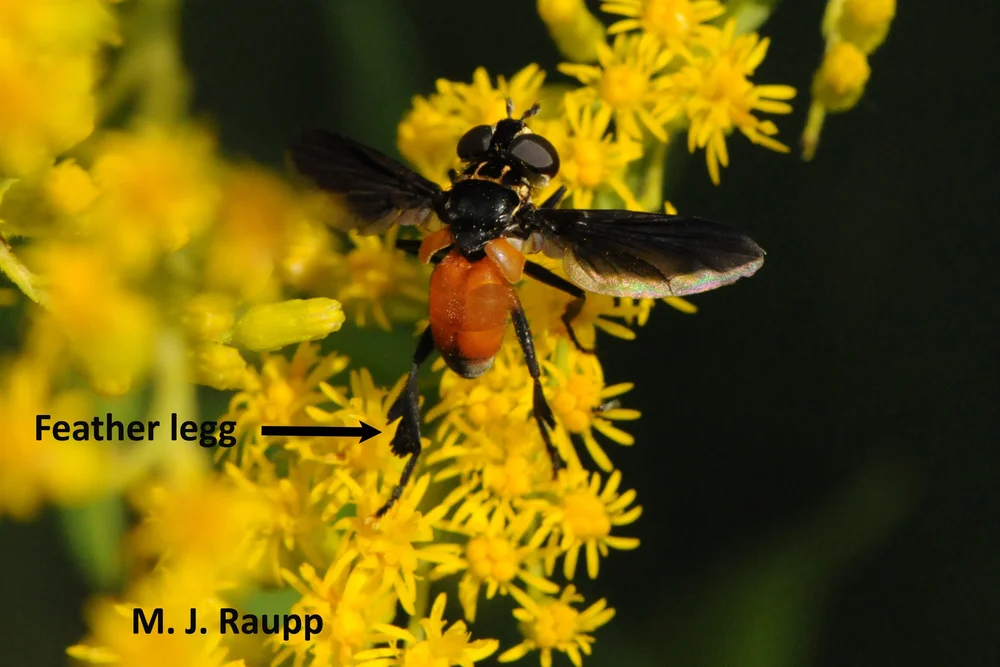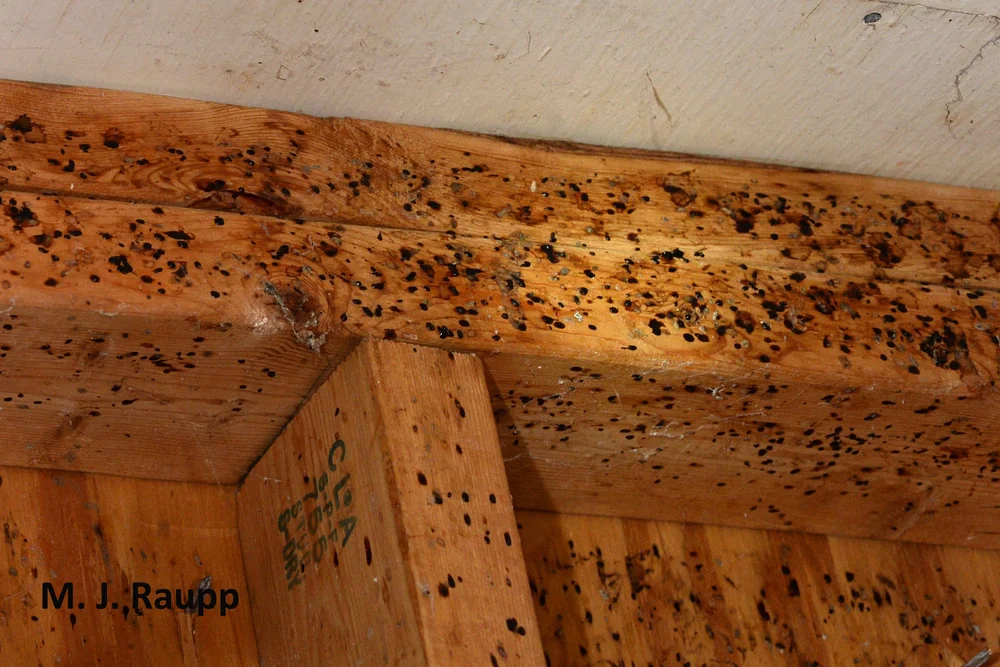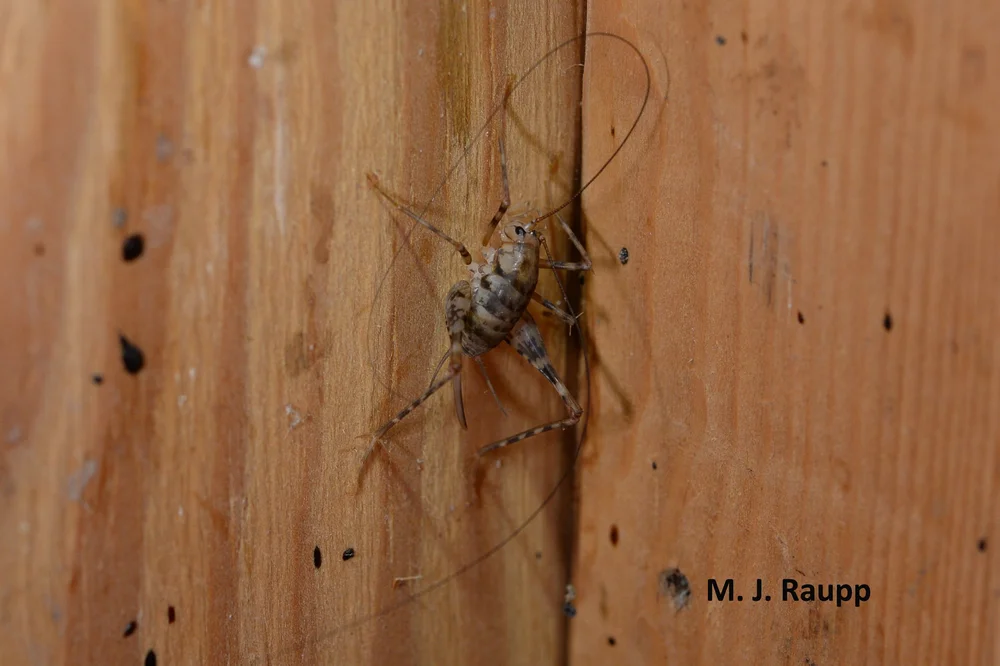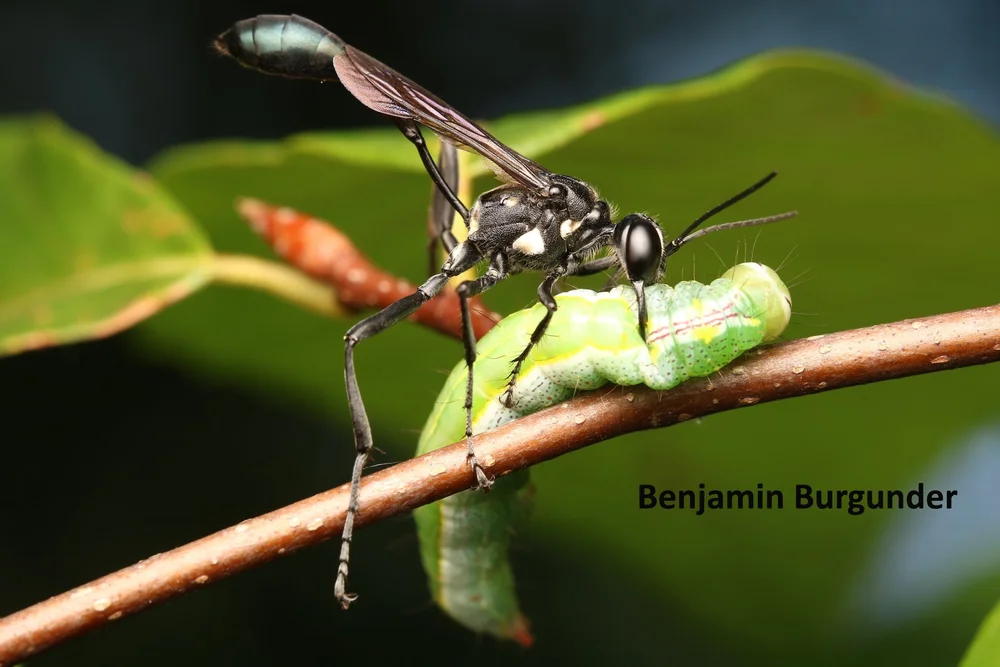Winter 2026 Pest Forecast
The Winter 2026 pest forecast looks like an above-average year in terms of activity. Warmer winter weather and rapidly changing conditions will likely increase pressure in terms of rodents and infestations of insects like lady beetles, spiders, stink bugs, and cluster flies.
Summary of Key Winter 2026 Pest Predictions
- La Nina, a shifting jet stream, and the influence of the Polar Vortex are combining to create a volatile 2026 winter season.
- Massachusetts, Rhode Island, Connecticut, and New Hampshire will likely experience warmer-than-normal weather with sharp temperature drops and unpredictable storms.
- Expect increased indoor pressure from rodents and insects such as stink bugs, cluster flies, and spiders throughout winter.
- Pests like ticks may emerge during warmer winter weather and pose an even greater threat in spring.
- Sealing high-risk home zones and addressing structural vulnerabilities can prevent many pests from moving indoors.
- When you see signs of pests during winter 2026, call for professional pest control as soon as possible to control the situation.
Temperature Outlook & Seasonal Pest Pressure Indicators
The last few winters have been cold but relatively dry for the region. During this time, below average snowfalls left much of Massachusetts, Rhode Island, Connecticut, and New Hampshire in a bit of a snow drought.
However, the National Oceanic and Atmospheric Association (NOAA) predicts the 2025-2026 winter weather in the region will be influenced by La Nina. This weather pattern takes place in the Pacific Ocean and is characterized by gusty winds that push warm water west from South America to Indonesia. At the same time, cold water rises from deep below the ocean’s surface, making the ocean water near the equator colder than normal. That impacts weather in a number of regions, including North America.
Additionally, La Nina alters the jet stream that crosses the United States. As a result, much of New England will be left sandwiched between milder weather in the Southeast and colder conditions inland.
Although many meteorologists are unsure of exactly what to expect, most anticipate a highly volatile 2025-2026 season. It’s possible the region will experience sharp dips in temperatures when the Polar Vortex moves southward, punctuated by periods of unseasonably mild temperatures. Unpredictable storms could bring significant moisture, although the snowfall will likely be below average amounts.

What This Could Mean for Pests Coming in Winter 2026
Temperature anomalies and volatile weather combine for an unpredictable season ahead, as both can disrupt pest patterns. Common winter pest issues may shift because warmer winters can lead to early awakenings of hibernating pests like stink bugs and lady beetles, extending pests’ active seasons longer than normal.
The first freeze usually starts slowing pest activity, but delays in the first freeze and warmer winters can have a significant impact on that reduction. Populations of ants, mosquitoes, and ticks may thrive longer than normal in certain conditions. These pests may also emerge periodically during warmer winter weather. The result is that people and pets may be at risk of pest encounters and potential disease transmission for longer periods than anticipated.
Rodent Activity Forecast for Winter 2026
Rodent season is already underway in late 2025. Mice and rats typically begin moving indoors in fall when the temperatures begin to drop.
However, projected winter temperatures can impact the usual nesting patterns. Warmer winters and milder autumn weather lead to extended periods of activity and prolonged breeding seasons. As a result, a growing rodent population could mean increased indoor pressure as these critters begin seeking shelter at later than usual times. Warmer winter weather, combined with volatile shifts in temperatures and snow, may also cause rodents to continue to be a challenge well into the spring.
Increased Indoor Pressure
Rodents naturally seek warmth and safety during cold weather, which means garages, attics, and wall voids are fair game — nothing is off limits. Mice and rats instinctively look for insulated areas with easy access, and they will use every resource nearby to create a cozy nest to spend the season. Newspapers, cardboard, and insulation make excellent nesting materials.
Movement Timing
A warmer fall and mild start to winter may delay rodents’ typical timeline. Here in the Northeast, “rodent season” usually starts in August or September and peaks from November through February. The fluctuations from mild to frigid and dry to snowy may well have homeowners seeing an increase in activity. Rodents may return outdoors during warm spells and scurry back inside when the cold sets in again, making effective rodent control critical.
Overwintering Insect Outlook (Stink Bugs, Cluster Flies, Spiders)
The National Pest Management Association released its latest Bug Barometer. NPMA releases this data-backed report twice a year. It takes long-term forecasts, weather patterns, and general pest biology into account. Their findings indicate a strong potential for a significant uptick in not only rodents, but also spiders, stink bugs, ants, flies, and ticks. Homeowners can expect increased pressure, but preventative steps and effective pest control can help them maintain pest-free winter homes.
Expected Patterns
When temperatures dip below 50 degrees Fahrenheit, many insects enter a slowdown period and begin seeking shelter. Some pests may burrow underground or seek shelter in leaf piles, logs, and other protected outdoor areas. Those that seek out indoor spaces typically look for dark, out-of-the-way areas like spaces behind walls and suspended ceilings, crawlspaces, and attics.
Regional Severity
The severity of insect inundation will vary, depending on how weather patterns actually play out. During warm snaps and unseasonably mild weather, as is anticipated for parts of winter 2026, these insects may emerge. Cluster flies may gather near windows, stink bugs may begin moving around, and spiders, ants, and other overwintering insects may move around more frequently. Outside, watch out for various insects during warmer winter weather. Ticks pose a particular risk because they become active in temperatures as low as 40 degrees Fahrenheit and pose a significant health risk by transmitting diseases.
High-Risk Home Zones & Structural Vulnerabilities in 2026
Many pests target the core elements of the home — its foundation, roofline, utility penetrations, exterior walls, doors, and windows. Other interior spaces that are also high-risk zones include moisture-prone areas like bathrooms, kitchens, basements, and crawl spaces. By understanding the areas of high risk and vulnerability, it’s possible to keep a more watchful eye out for spotting potential problems.
High Risk Interior Areas
Some of the most common areas that pests invade include attics and wall voids. The pantry, kitchen, and dining area are significantly attractive zones for many pests. Food, crumbs, and spills offer a buffet for rodents and insects searching for a snack. Bathrooms, crawl spaces, and basements offer a combination of humidity and warmth in many cases. Leaky pipes in bathrooms and kitchens are also extremely appealing to many types of pests.

High Risk Exterior Areas
The foundation and the roof can offer easy access to curious critters. All it takes is an opening as narrow as a dime for a mouse to squeeze inside, and insects require even less room. Chimneys, soffits, vents, damaged siding, and improperly sealed doors and windows serve as open invitations for pests to invade before you even realize it. Structural vulnerabilities to watch include cracks and gaps in the foundation, holes around utility penetrations, and damage to the roofline.
Preventative Recommendations for Homeowners
- Inspect the exterior of the home, paying close attention to windows, doors, foundations, and the roof.
- Seal any potential entry points.
- Inspect the chimney, vents, and soffits.
- Perform repairs to screening or add screening to prevent pests from entering.
- Inspect firewood piles regularly and store wood a minimum of 20 feet from the home.
- Maintain a low-clutter home, keeping food sealed in airtight containers and routinely cleaning any food debris or spills.
- Keep any yard debris away from the home.
- Eliminate standing water both indoors and out.
- Remain aware of potential triggers and problem zones.
- Contact Catseye Pest Control for professional support when needed.
When to Seek Professional Support During Winter 2026
Don’t wait until you see clusters of insects or live rodents before calling for help. The forecast suggests the potential for increased pest activity throughout the Northeast, which means insects and rodents are likely to move indoors early and remain active longer.
From late fall until the first freeze, anticipate that rodents will be actively looking for shelter. Because this winter will likely begin mildly, insects’ and rodents’ movements may be harder to predict and continue well into the season. Remain particularly vigilant during warm periods and after abrupt changes in weather patterns.
Action Thresholds
Any sighting of potentially dangerous pests, particularly in bedrooms or living rooms, is cause for seeking professional assistance. Cockroaches alone can carry more than 30 pathogens and contaminate food and surfaces with the germs that cause E. coli, salmonella, and dysentery. If you see consistent signs of pest activity, notice damage to insulation or structural elements, or see insects or rodents, you should immediately call for professional assistance.
Frequently Asked Questions
What environmental indicators suggest a higher-than-average rodent surge for winter 2026?
Mild winters have been creating increasing rodent populations for the last few years. Winter 2026 is shaping up to be a weak La Nina year, bringing a mixture of milder than normal temperatures and below average snowfall punctuated by periods of cold weather influenced by the Polar Vortex. The warmer fall and delayed onset of winter may prolong the breeding season for pests and increase the rodent population.
How will projected warm–cold temperature swings influence overwintering pest emergence cycles?
Many pests are sensitive to temperature differences. Ticks, for example, typically become inactive in temperatures below freezing. When a warm spell hits, however, they can emerge and pose a threat to both pets and people who may be unaware they are active. Temperature swings may also lead to an earlier emergence of many pests in spring and impact breeding cycles, causing a population surge.
Which structural weaknesses are most likely to contribute to winter 2026 indoor pest infiltration?
Gaps around utility lines that run from indoors to outside; cracks and holes in walls, siding, and foundations; and openings in rooflines are among the chief concerns. Uncapped chimneys can provide a perfect opening for pests, while ice dams can create the kind of damage that gives pests easy access to homes.
What weather threshold typically triggers a rapid shift from outdoor to indoor pest activity in winter climates?
Abrupt temperature shifts, consistently cool days, and moisture levels can all send pests rapidly moving indoors. For example, damp, rainy weather often boosts the activity of moisture-loving pests like cockroaches and termites. Snow and extreme cold will send rodents and some nuisance wildlife in search of shelter and warmth.
How can homeowners determine whether early-season pest sightings indicate a developing winter 2026 infestation?
With many pests, including rodents, once you begin seeing signs, you already have a burgeoning problem. Droppings, greasy-looking trails, gnaw marks, nesting materials, and unusual noises and smells can indicate the presence of pests, even before you see a live insect, rodent, or wildlife.
What regions in the Northeast are expected to experience the highest overwintering insect pressure based on the 2026 forecast?
Every region across the country is expecting increased pressure of some kind. In the Northeast, particularly Massachusetts, Connecticut, New Hampshire, and Rhode Island, expectations include extended ant and mosquito activity, fluctuating levels of stink bugs, box elder bugs, and lady beetles. Ticks will flourish during warm winter weather and pose an even larger problem in spring, while rodent activity will continue to challenge homes and businesses.
The post Winter 2026 Pest Forecast appeared first on Catseye Pest Control.
This article appeared first on Catseye Pest






















